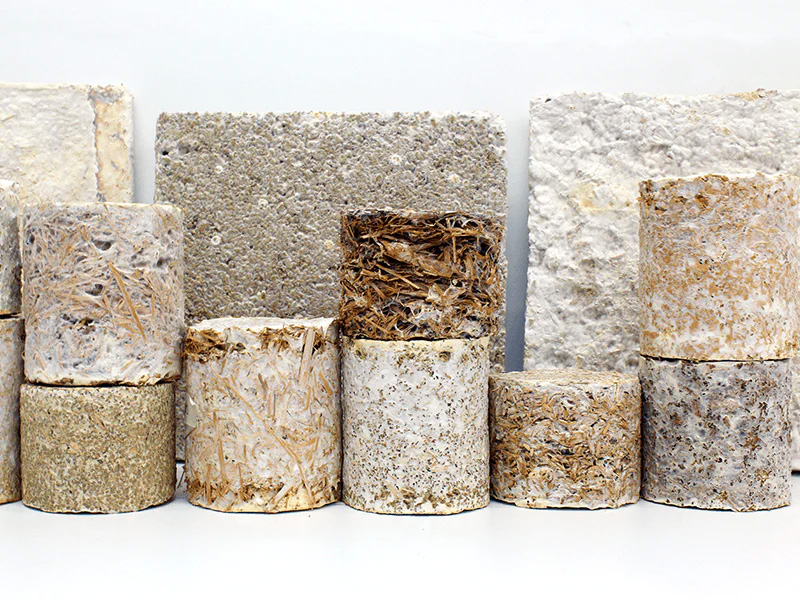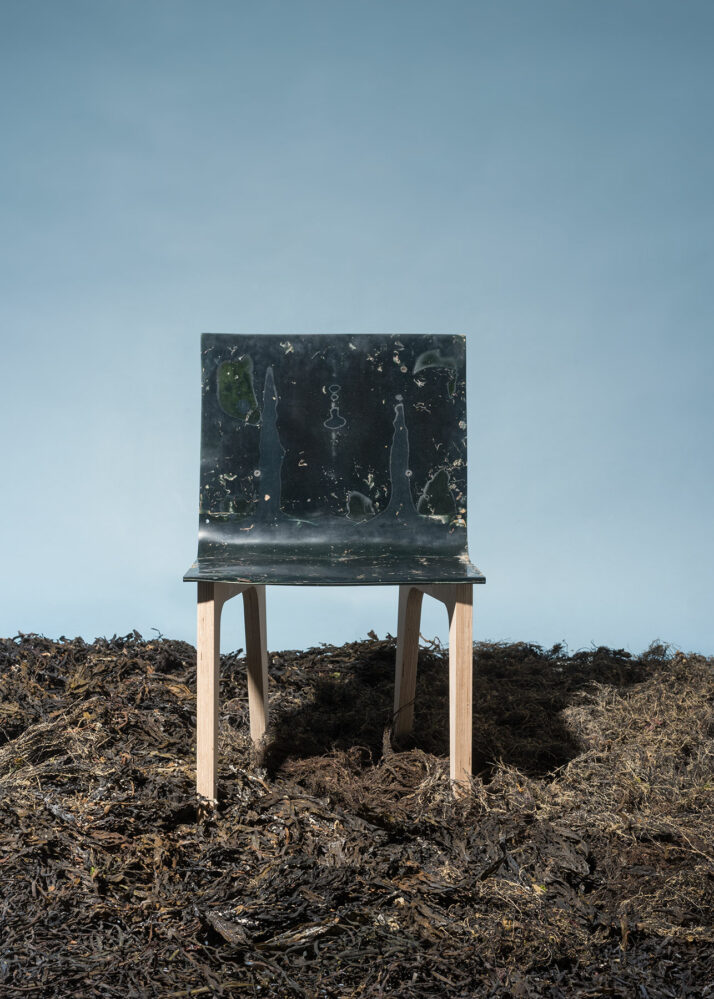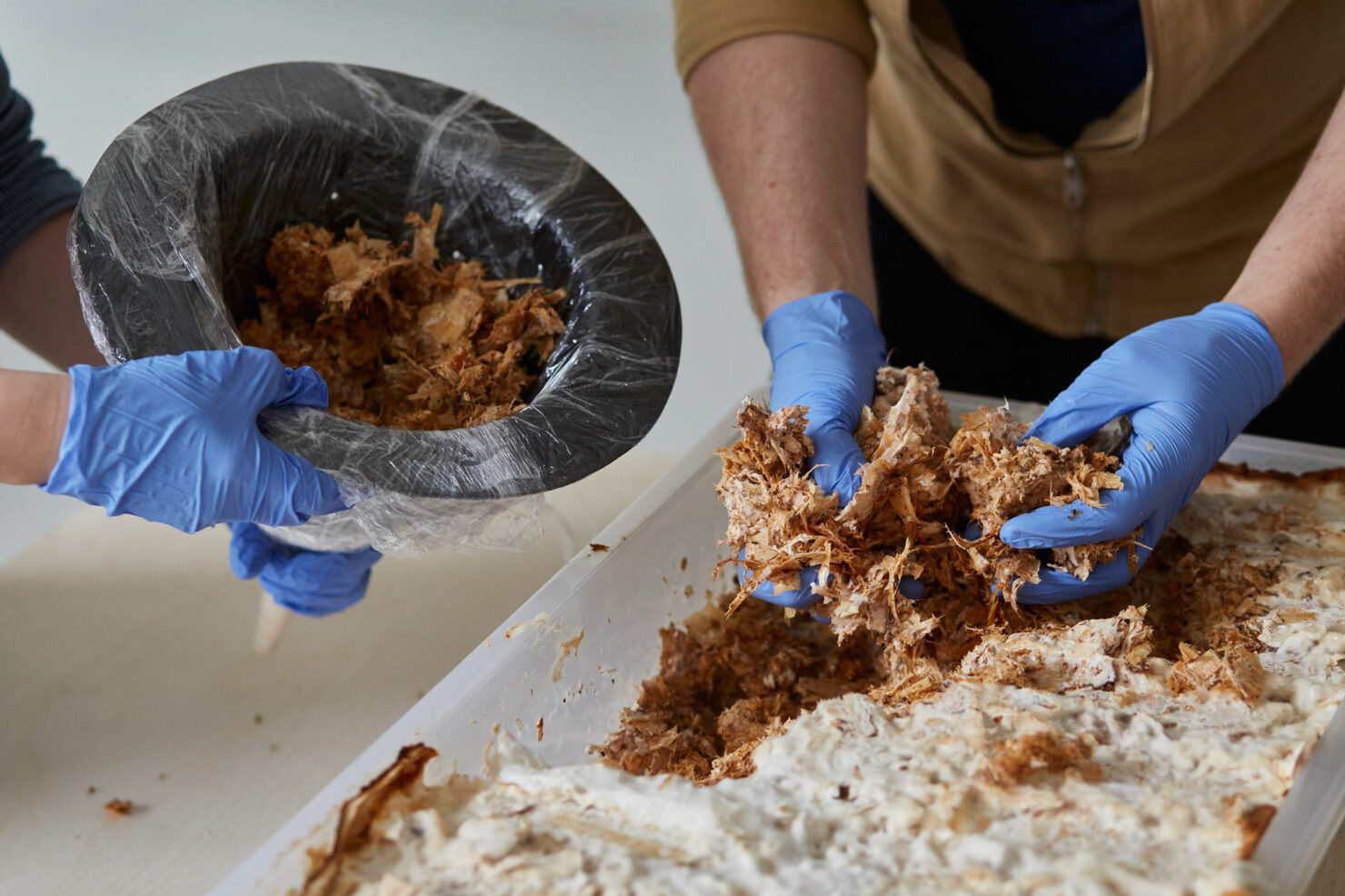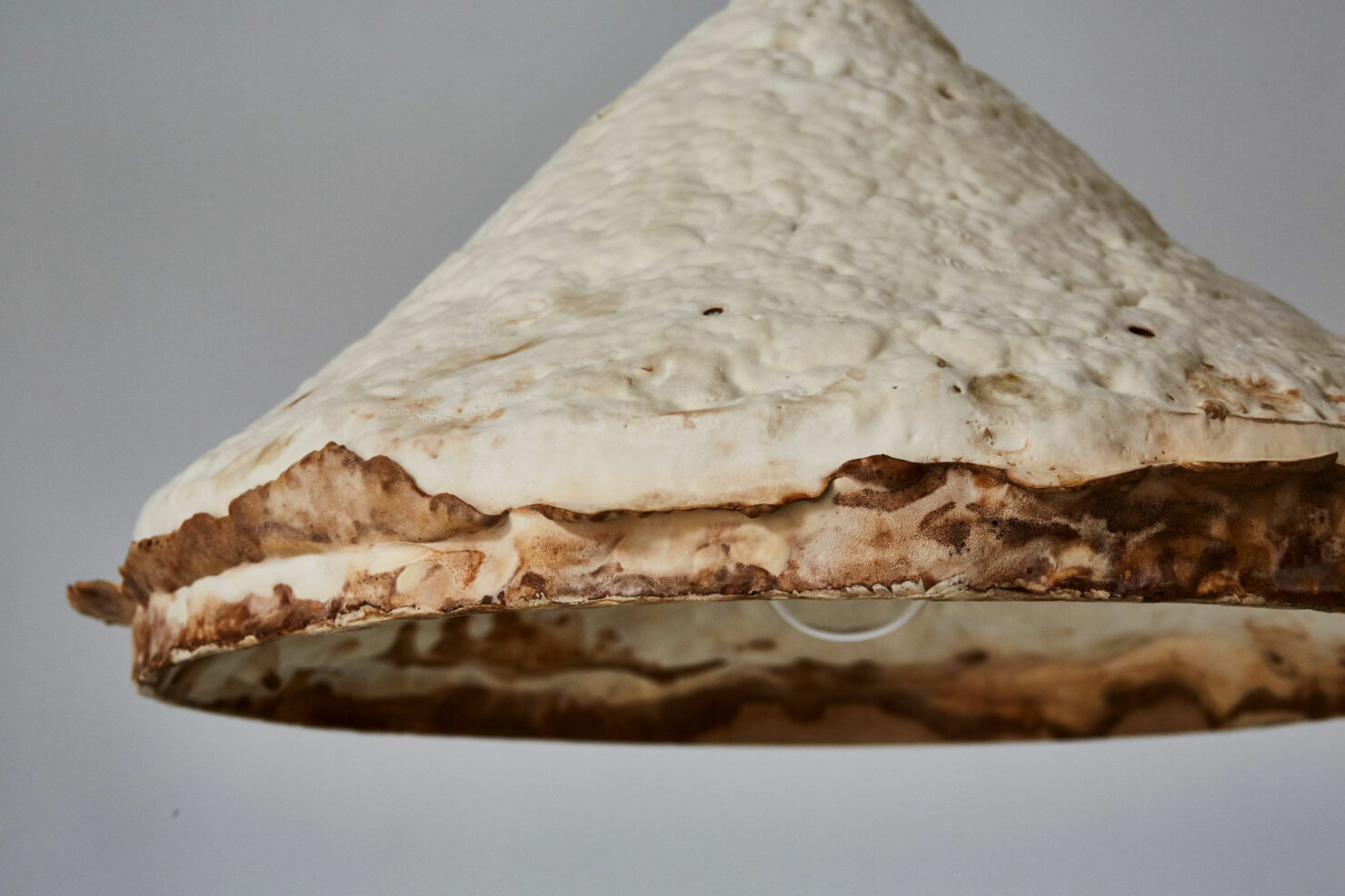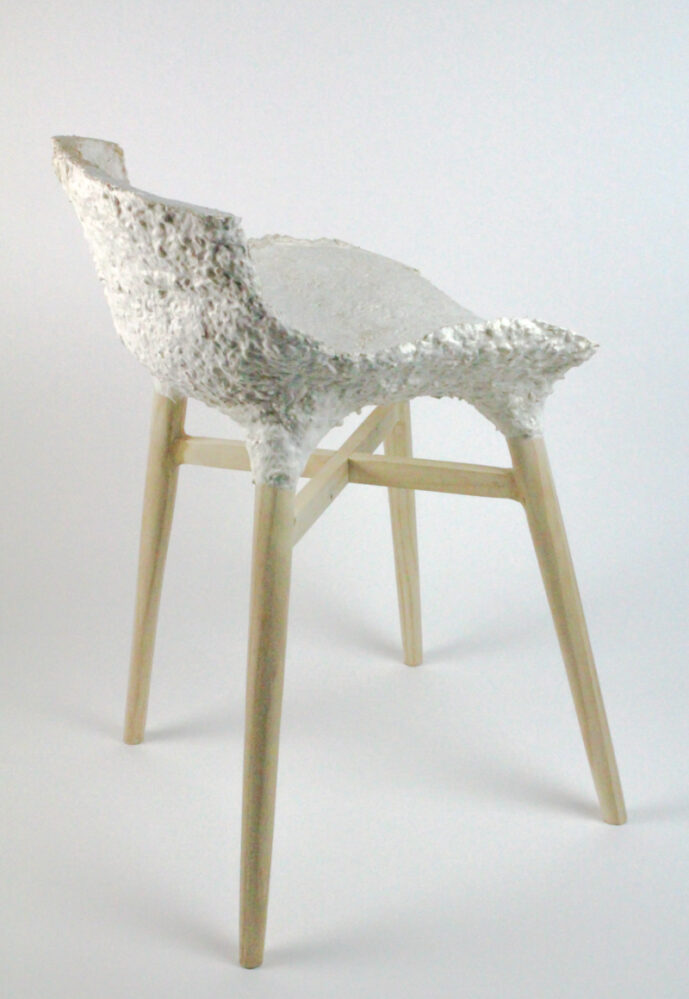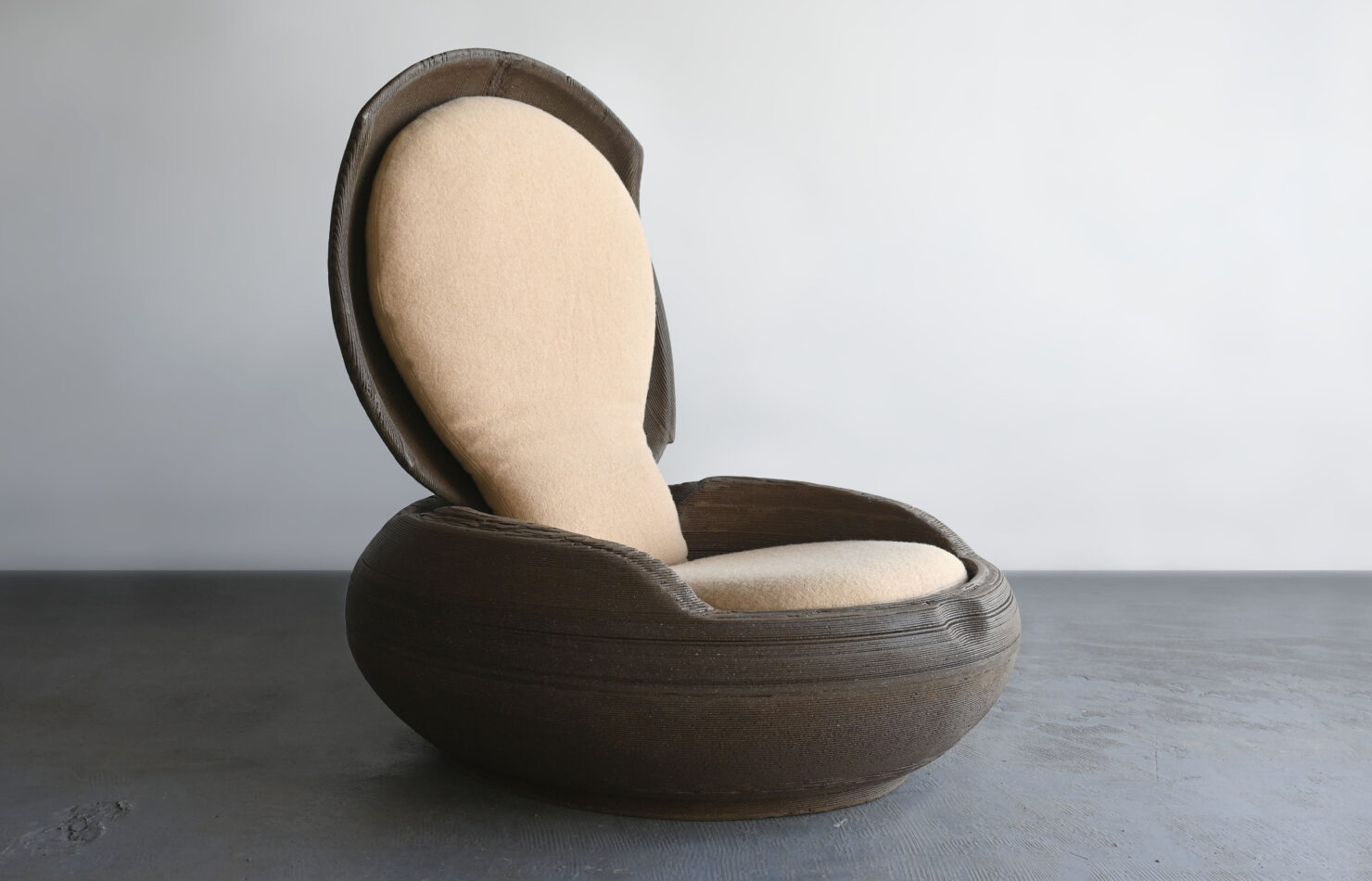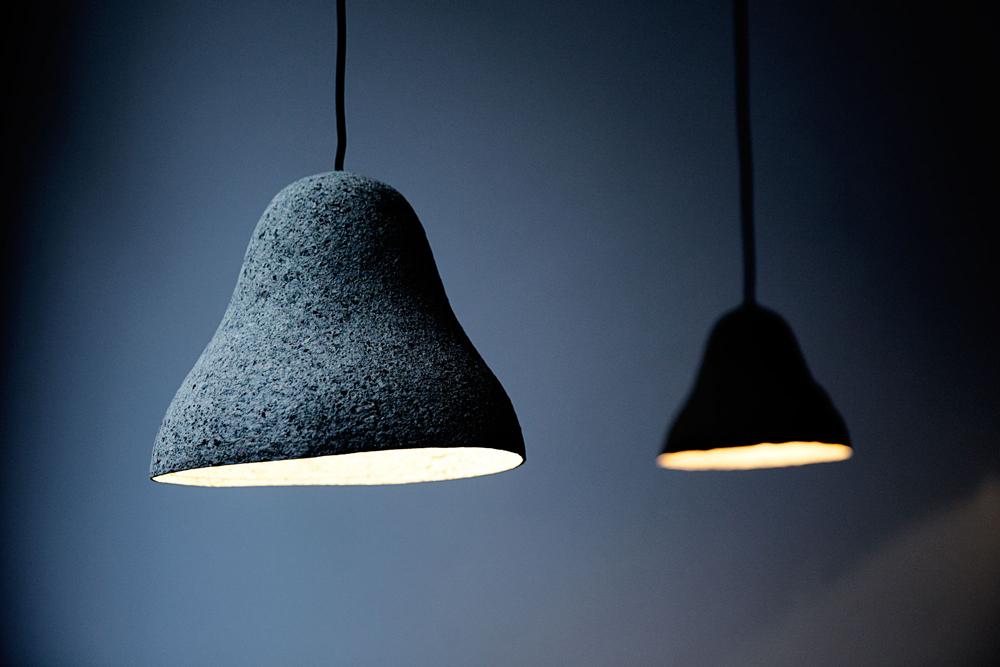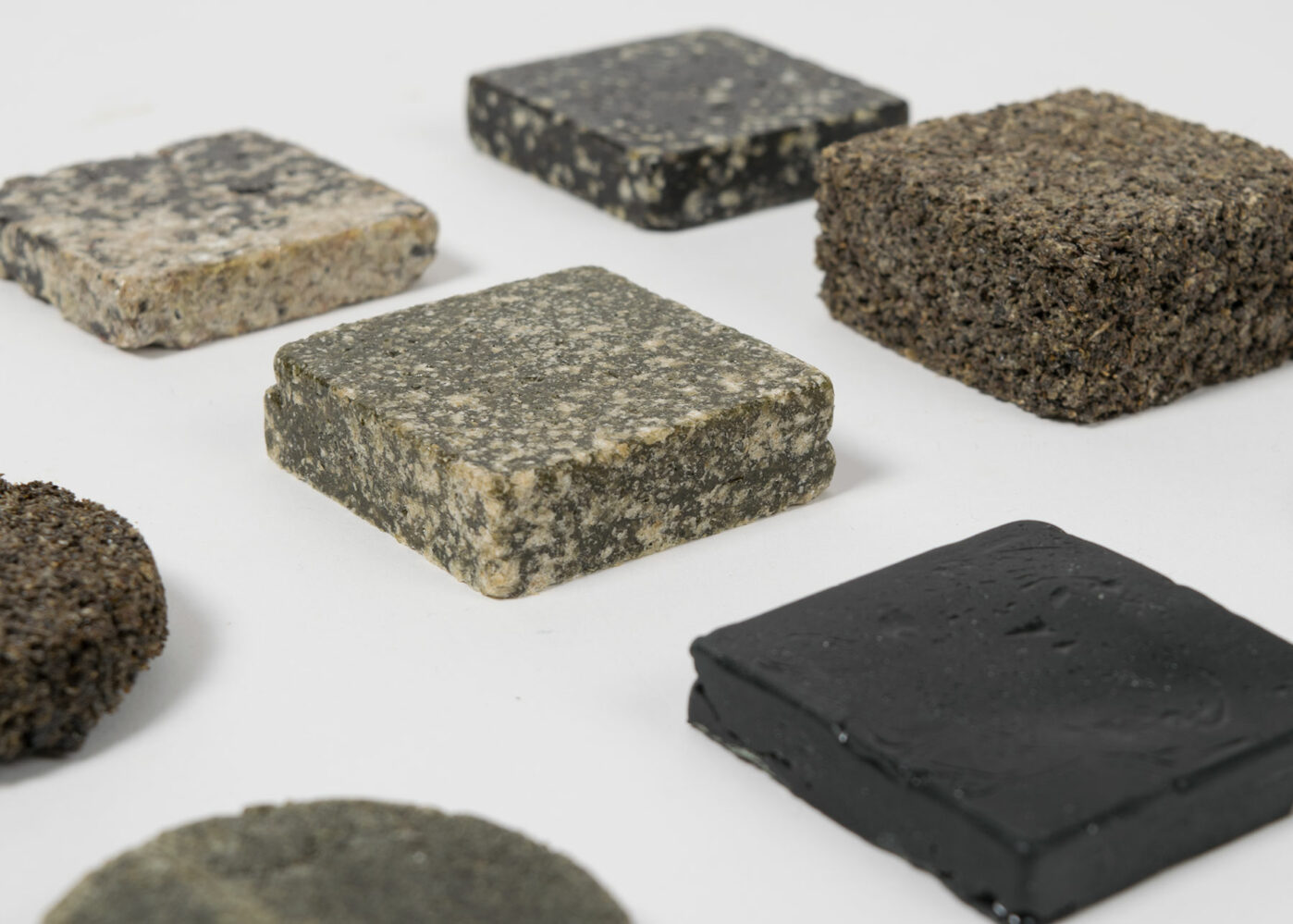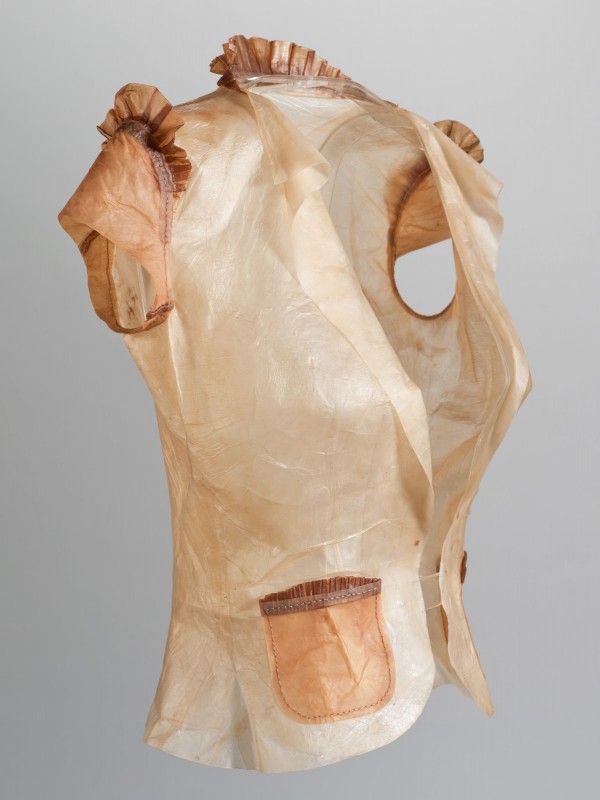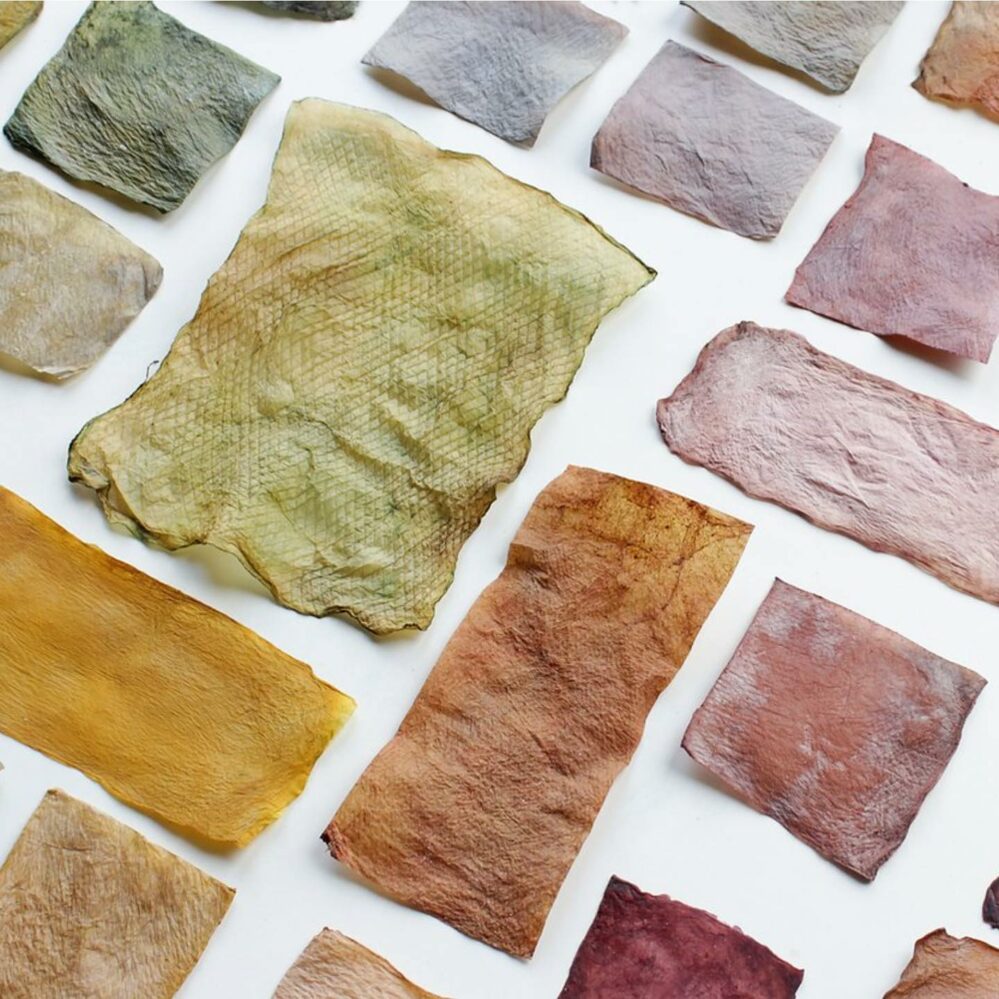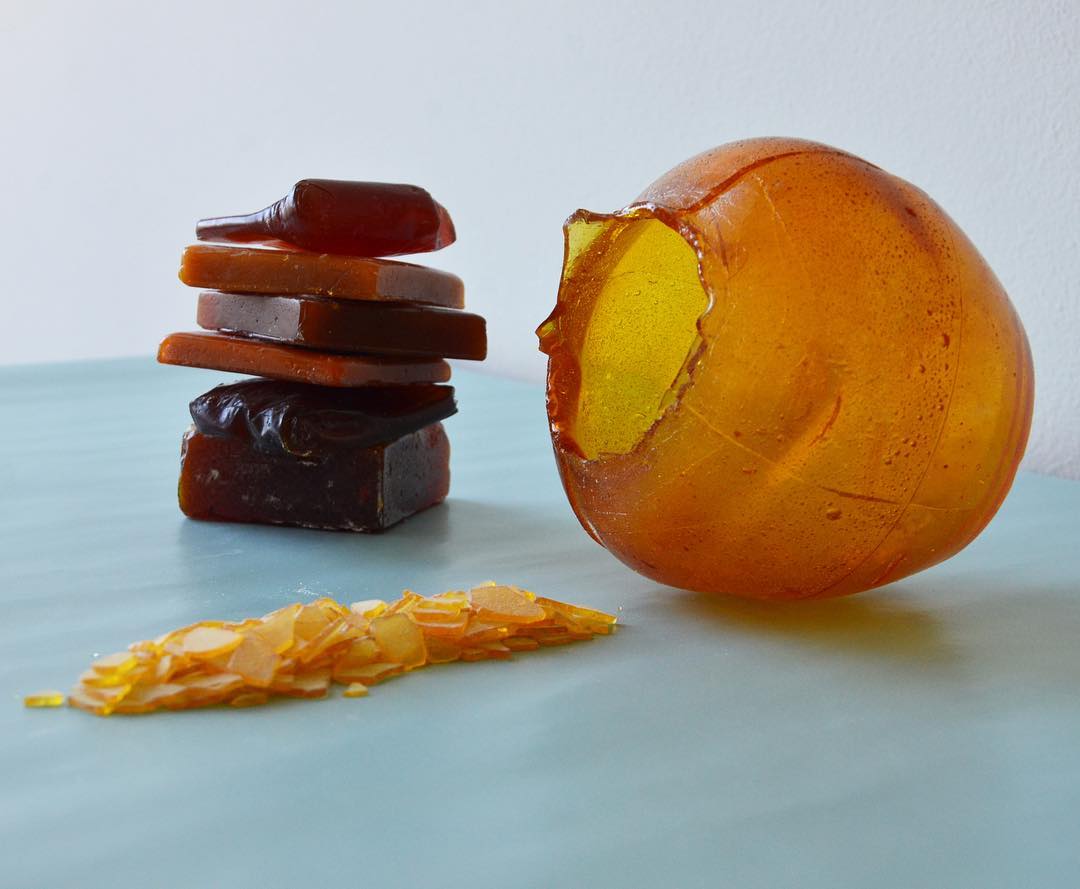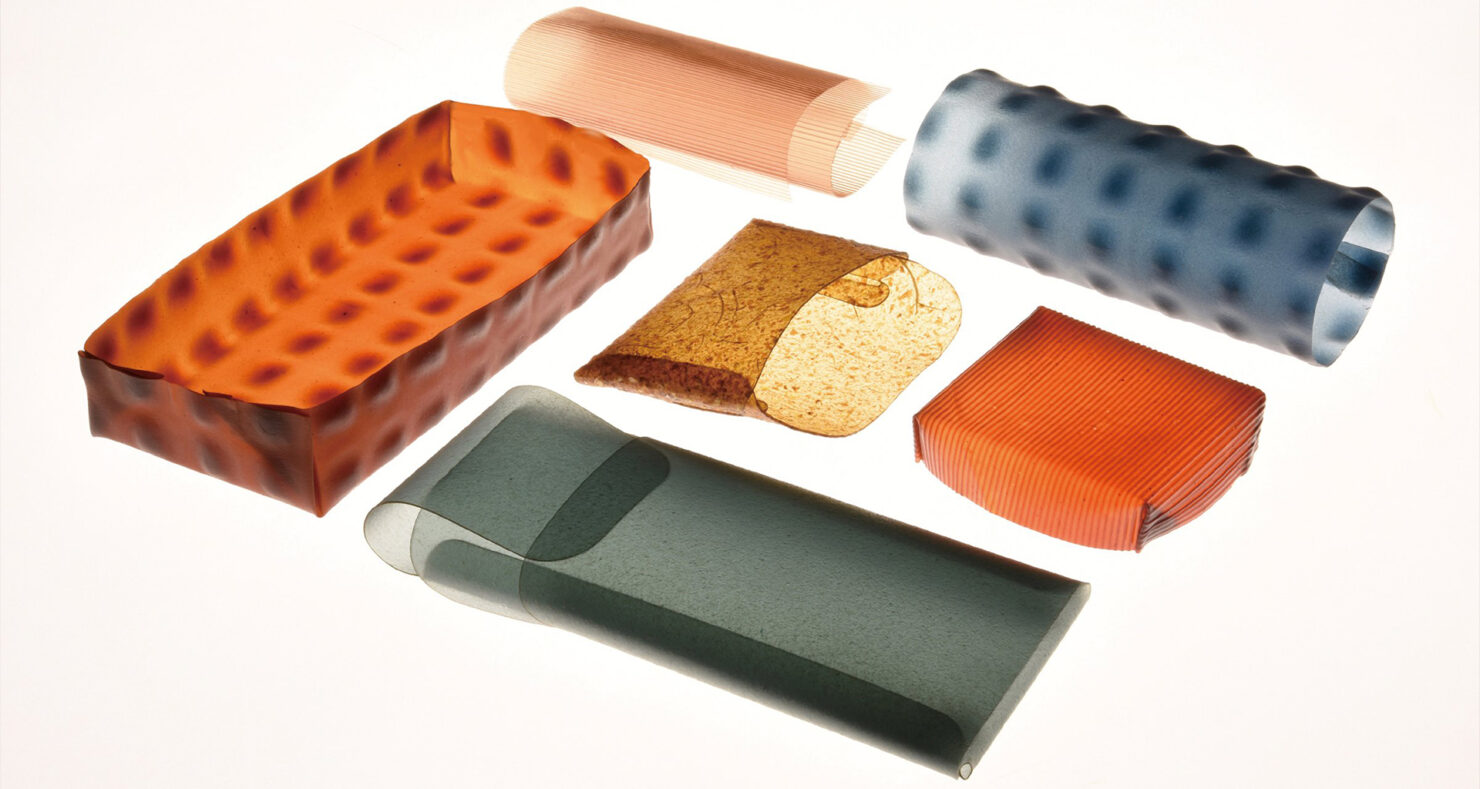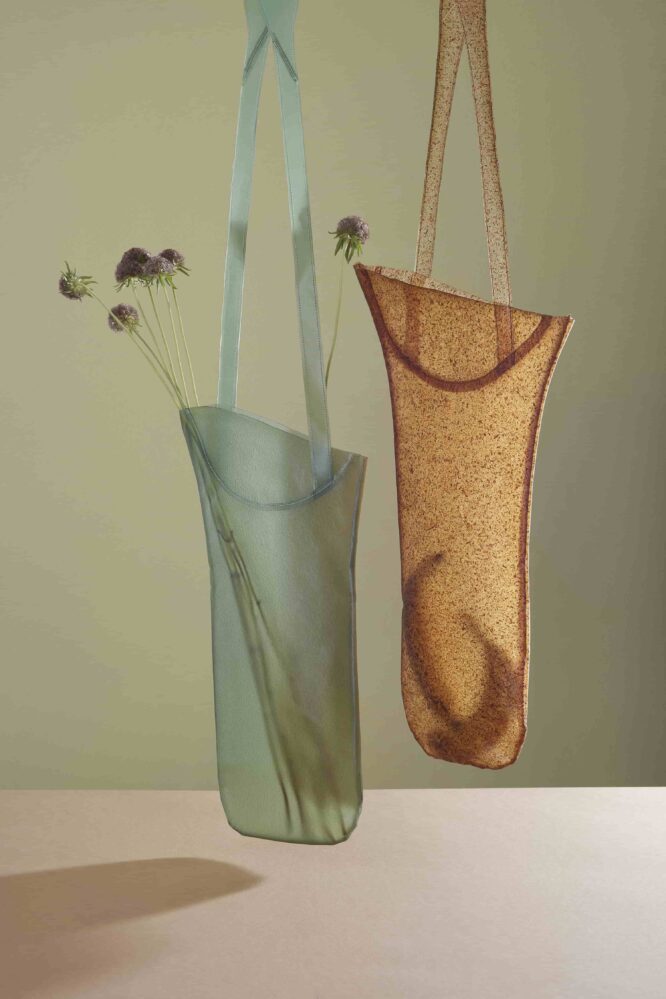A designers’ guide to biomaterials


Exploring natural materials, their aesthetics, and their impact on design
Why biomaterials matter now—
In recent years, biomaterials have made their way from niche research labs to design studios, workshops, and even store shelves. But what exactly are they?
At their core, biomaterials are materials derived from natural, renewable sources—think mycelium, algae, hemp, or seaweed—or materials engineered to be biodegradable or low-impact. They’re part of a broader movement to rethink how we design, make, and consume.
Beyond their ecological advantages, biomaterials offer something designers are often craving: fresh aesthetic languages, tactile qualities, and emotional resonance. Whether you’re a product designer, an architect, or a furniture maker, understanding these materials opens up new creative possibilities—but also new constraints.
This guide walks through some of the key biomaterials designers are working with today, exploring what makes each one unique in terms of look, feel, fabrication, and use. And just as importantly, we’ll point to some designers who are already doing exciting things with them.
Ecological upside (and some challenges)—
One of the biggest appeals of biomaterials is their low impact on the environment. Many are compostable, require little energy to produce, and come from renewable or even waste sources. They’re often compatible with circular design strategies and local production, and they tend to create healthier environments thanks to their non-toxic and breathable properties.
Of course, they come with trade-offs. Some are less durable than conventional materials or need special conditions for production. Others are difficult to scale or standardize. And while many designers are excited about them, the broader market still needs time to embrace their look and feel. But constraints, as most designers know, can often spark more creativity—not less.
Core Biomaterials You Should Know
Mycelium—
Mycelium is the root structure of fungi, and it can be grown in molds before being heat-treated to create lightweight, sturdy forms. Its texture is usually soft and fibrous, with warm, organic tones that feel instantly natural and grounding. One of its biggest advantages is how clean the process is—mycelium grows to fill a shape, meaning there’s almost no waste. It’s commonly used for packaging, acoustic panels, and small-scale furniture, although it’s still mostly seen in experimental or limited-run projects. Designers like Sebastian Cox and Corpuscoli are pushing its potential in product and interior design.
Algae-based materials—
Algae is one of the most exciting frontiers in biomaterials. It can be used to create translucent, jelly-like sheets or dried into something that feels more like leather. Its colors often come directly from the type of algae used, creating vibrant greens, browns, or even golden tones. Algae-based materials are typically cast or dried into flat shapes, and while they’re incredibly biodegradable, they can also be quite fragile. They’re commonly seen in packaging, lighting, or textile experiments. Designers like Edvard & Steenfatt and Studio Klarenbeek & Dros have done some of the most compelling work in this area, blending material innovation with strong visual storytelling.
Hemp—
Hemp is a fast-growing plant that’s been used for centuries, but it’s finding new life in design. It can be turned into strong fibers, pressed panels, or even mixed with lime to create biocomposites. Aesthetically, hemp tends to feel earthy and raw, with a slightly rough texture and matte finish. It’s very easy to work with—especially when combined with resins—and can be used for anything from insulation to fabrics to architectural panels. Designers like Philip Hainke and Studio Aisslinger have been rethinking how hemp can be used both structurally and expressively.
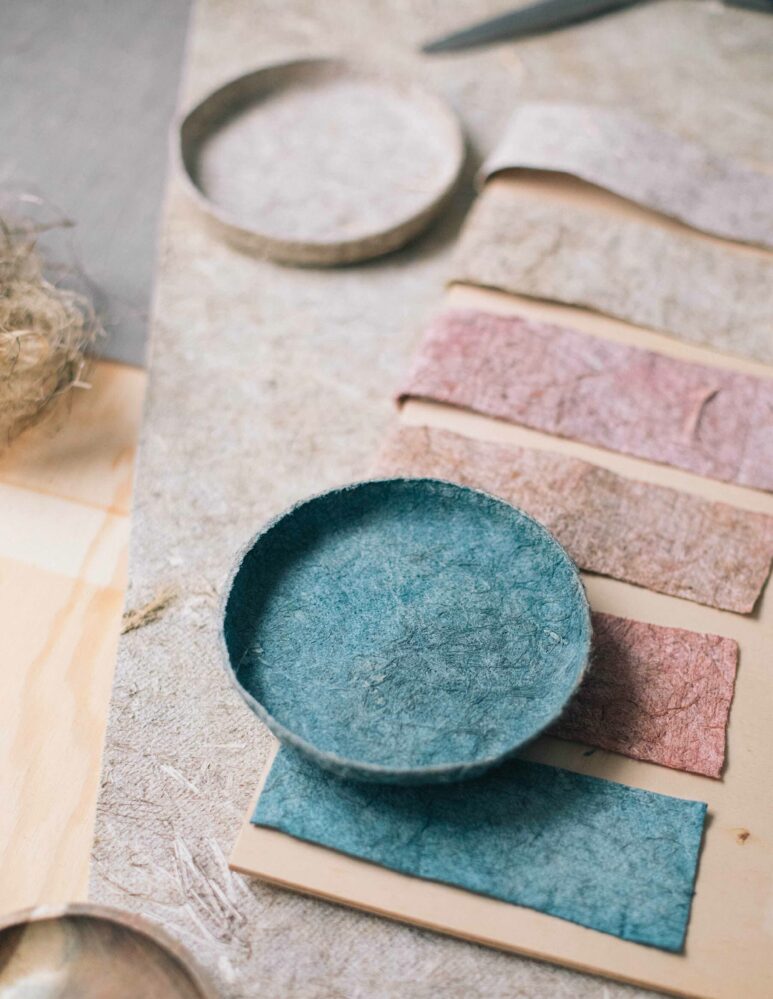
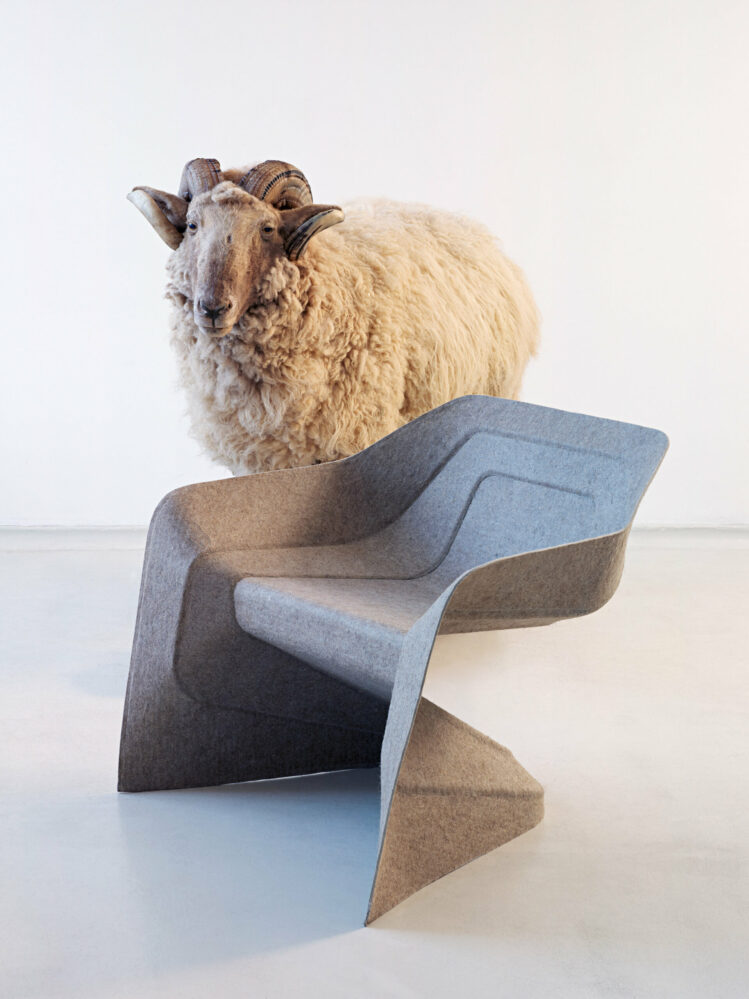
Bacterial cellulose—
This material is created by microbes that spin ultra-fine cellulose fibers during fermentation. Once harvested and dried, it resembles leather in appearance—flexible, slightly translucent, and smooth to the touch. It takes time to grow, but it can be shaped during the process, making it interesting for custom or experimental work. You’ll often find it in fashion, packaging, and biodegradable coatings. Pioneers like Suzanne Lee and Studio Lionne van Deursen have been exploring how this living material can fit into more sustainable design futures.
Bio-based plastics (PLA, PHA, etc.)—
Unlike traditional plastics, bio-based plastics are made from renewable sources like corn starch, sugarcane, or even bacteria. Visually, they can be almost indistinguishable from regular plastic, and they can take on a range of finishes, from glossy to matte. They’re usually moldable or 3D-printable, making them fairly easy to integrate into existing production pipelines—though they often require industrial composting to fully break down. They’re used across packaging, product design, and prototyping. Designers like Studio Sarmite and Peelsphere have used these materials to challenge the throwaway culture associated with plastic, while still taking advantage of its versatility.
Why designers should care—
Biomaterials aren’t just about sustainability—they’re about expanding the material vocabulary of design. They offer new textures, colors, and life cycles that challenge the conventions of permanence, perfection, and mass production. Working with them can inspire more sensitive, responsive approaches to making, while also connecting us to local ecosystems and material histories.
In a time when materials often feel abstracted and disconnected from origin, biomaterials ask us to engage more deeply—with nature, with time, and with the sensory world.

